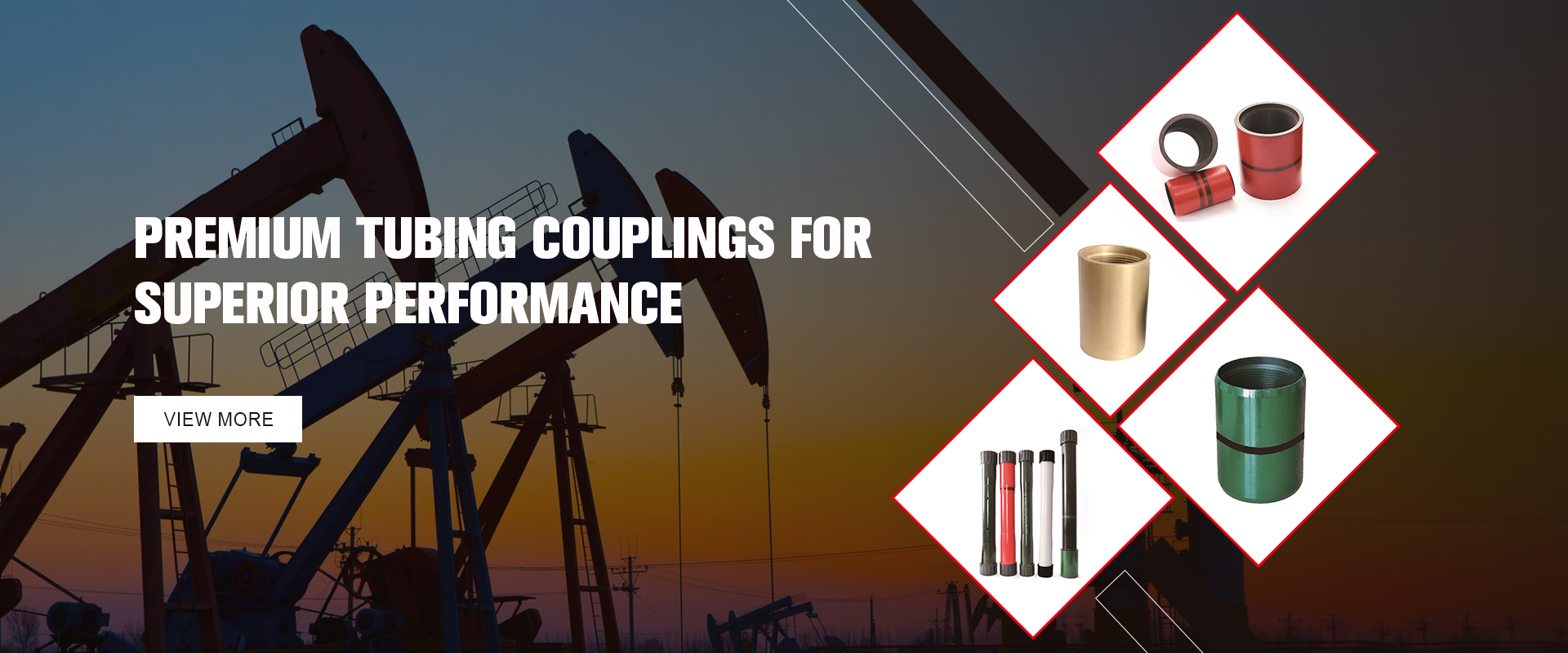- Afrikaans
- Albanian
- Amharic
- Arabic
- Armenian
- Azerbaijani
- Basque
- Belarusian
- Bengali
- Bosnian
- Bulgarian
- Catalan
- Cebuano
- Corsican
- Croatian
- Czech
- Danish
- Dutch
- English
- Esperanto
- Estonian
- Finnish
- French
- Frisian
- Galician
- Georgian
- German
- Greek
- Gujarati
- Haitian Creole
- hausa
- hawaiian
- Hebrew
- Hindi
- Miao
- Hungarian
- Icelandic
- igbo
- Indonesian
- irish
- Italian
- Japanese
- Javanese
- Kannada
- kazakh
- Khmer
- Rwandese
- Korean
- Kurdish
- Kyrgyz
- Lao
- Latin
- Latvian
- Lithuanian
- Luxembourgish
- Macedonian
- Malgashi
- Malay
- Malayalam
- Maltese
- Maori
- Marathi
- Mongolian
- Myanmar
- Nepali
- Norwegian
- Norwegian
- Occitan
- Pashto
- Persian
- Polish
- Portuguese
- Punjabi
- Romanian
- Russian
- Samoan
- Scottish Gaelic
- Serbian
- Sesotho
- Shona
- Sindhi
- Sinhala
- Slovak
- Slovenian
- Somali
- Spanish
- Sundanese
- Swahili
- Swedish
- Tagalog
- Tajik
- Tamil
- Tatar
- Telugu
- Thai
- Turkish
- Turkmen
- Ukrainian
- Urdu
- Uighur
- Uzbek
- Vietnamese
- Welsh
- Bantu
- Yiddish
- Yoruba
- Zulu
Compression Tubing Coupler for Efficient Fluid Connection and Leak Prevention Solutions
The Importance of Compression Tubing Couplers in Modern Applications
In the realm of fluid and gas transport systems, the efficiency and reliability of connections are paramount. The role of compression tubing couplers cannot be overstated; these essential components facilitate seamless connections in various industries, ranging from pharmaceuticals to automotive and beyond. This article aims to explore the significance of compression tubing couplers, their applications, types, and some considerations for selecting the right coupler for specific needs.
Understanding Compression Tubing Couplers
Compression tubing couplers are specialized fittings designed to connect two lengths of tubing without the need for welding, soldering, or additional sealing materials. They work by compressing a ferrule (a type of sleeve that grips the tube) onto the tubing, creating a secure and leak-tight joint. This method is favored for its ease of use and the strong, reliable connections it provides, making it a go-to solution for many engineers and technicians.
Applications of Compression Tubing Couplers
1. Pharmaceutical and Biotechnology In the pharmaceutical industry, maintaining the integrity of fluid transfer is critical. Compression tubing couplers are used to connect tubes that transport sensitive liquids, ensuring minimal risk of contamination and maintaining sterility throughout the process.
2. Chemical Processing Chemical plants often deal with hazardous materials that require secure and reliable connections. Compression couplers provide the necessary safety and reliability, allowing for safe transport and flow control of various chemicals, from acids to solvents.
3. Automotive Industry In the automotive sector, compression tubing couplers are essential in fluid systems, such as cooling systems and fuel lines. They help ensure that fluids flow efficiently without leaks that could compromise vehicle performance or safety.
4. Hydraulic Systems Compression couplers play a vital role in hydraulic systems, where high pressures are involved. They maintain robust connections capable of withstanding significant pressure, thus ensuring optimal performance and safety in machinery.
5. Aerospace The aerospace industry demands the highest standards in safety and efficiency. Compression tubing couplers are utilized in fuel and hydraulic lines in aircraft, where reliability is crucial to the operational integrity of the aircraft.
Types of Compression Tubing Couplers
Compression tubing couplers come in various designs to suit specific applications and tubing sizes. The primary types include
compression tubing coupler

1. Straight Couplers These are used to connect two tubes of the same diameter in a straight line. They are the most common type of coupler found in different industries.
2. Reducing Couplers These couplers allow for the connection of tubes of different diameters, providing versatility in system designs.
3. Elbow Couplers For applications requiring directional changes in tubing, elbow couplers come in various angles (typically 45° or 90°) to facilitate smooth transitions.
Selecting the Right Compression Tubing Coupler
When choosing a compression tubing coupler, several factors must be considered to ensure compatibility and functionality
1. Material The coupler material must be compatible with the fluids being transported. Common materials include brass, stainless steel, and plastic. Each material has its advantages and limitations in terms of corrosion resistance, pressure ratings, and chemical compatibility.
2. Size and Configuration It is crucial to select a coupler that matches the outer diameter of the tubing and appropriate thread specifications if applicable. Accurate measurements are necessary to ensure a proper fit and prevent leaks.
3. Pressure Rating Consider the maximum pressure that the coupler will encounter in its application. Selecting a coupler with a pressure rating that exceeds the operational demands is essential for safety and reliability.
4. Installation Ease While compression couplers are inherently easier to install than welded joints, some designs may offer features that make installation even simpler. Opting for user-friendly designs can save time and reduce the chance of errors.
Conclusion
In summary, compression tubing couplers are an indispensable part of fluid and gas handling systems across a wide range of industries. Their ability to create secure, leak-proof connections with minimal installation effort makes them a preferred choice for engineers and technicians. By understanding the various types, applications, and selection criteria, businesses can ensure they make informed decisions that enhance operational efficiency and safety in their processes. As industries continue to evolve, the role of compression tubing couplers will remain integral to ensuring seamless and reliable connections in increasingly complex systems.
-
Tubing Pup Joints: Essential Components for Oil and Gas OperationsNewsJul.10,2025
-
Pup Joints: Essential Components for Reliable Drilling OperationsNewsJul.10,2025
-
Pipe Couplings: Connecting Your World EfficientlyNewsJul.10,2025
-
Mastering Oilfield Operations with Quality Tubing and CasingNewsJul.10,2025
-
High-Quality Casing Couplings for Every NeedNewsJul.10,2025
-
Boost Your Drilling Efficiency with Premium Crossover Tools & Seating NipplesNewsJul.10,2025







